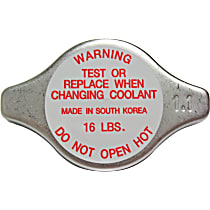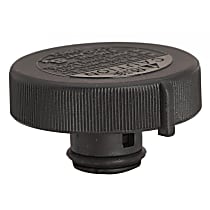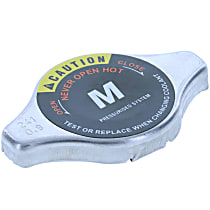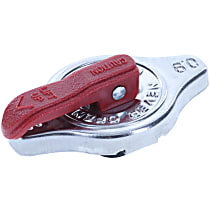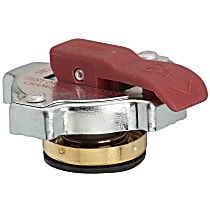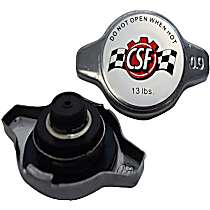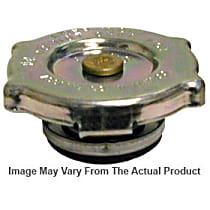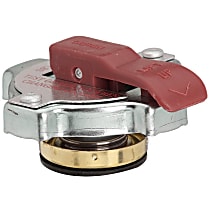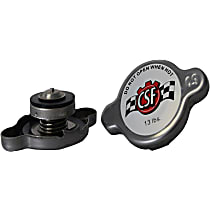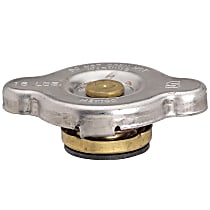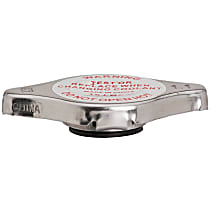{
"lazyNodes": false,
"abFitnotesFlag": false,
"abCrawlReviews": false,
"productOptionsCookie": false,
"orderDelayFlag": false,
"skipSessionCookie": false,
"covidMessage": false,
"fullTitleCookie": false,
"nrLoggerCookie": false,
"checkoutReviewCookie": false,
"productOptionSeqCookie": false,
"maintenanceFlag": false,
"bufferETACookie": false,
"multiShippingDiscountFlag": false,
"newFitmentFlag": false,
"surveyOptInFlag": false,
"crossSellFlag": false,
"skuMappingFlag": false,
"paySplitCookie": false,
"callDisableFlag": false,
"zipPaymentFlag": "u",
"hassleFreeReturn": false,
"lifetimeReplacement": false,
"cpn_off": false
}Toyota Camry Radiator Caps
Shop Catalog
![]() WARNING: This product can expose you to chemical which is known to the State of California to cause cancer and birth defects or other reproductive harm. For more information go to www.P65Warnings.ca.gov.
WARNING: This product can expose you to chemical which is known to the State of California to cause cancer and birth defects or other reproductive harm. For more information go to www.P65Warnings.ca.gov.
![]() WARNING: This product can expose you to chemical which is known to the State of California to cause cancer and birth defects or other reproductive harm. For more information go to www.P65Warnings.ca.gov.
WARNING: This product can expose you to chemical which is known to the State of California to cause cancer and birth defects or other reproductive harm. For more information go to www.P65Warnings.ca.gov.
![]() WARNING: This product can expose you to chemical which is known to the State of California to cause cancer and birth defects or other reproductive harm. For more information go to www.P65Warnings.ca.gov.
WARNING: This product can expose you to chemical which is known to the State of California to cause cancer and birth defects or other reproductive harm. For more information go to www.P65Warnings.ca.gov.
![]() WARNING: This product can expose you to chemical which is known to the State of California to cause cancer and birth defects or other reproductive harm. For more information go to www.P65Warnings.ca.gov.
WARNING: This product can expose you to chemical which is known to the State of California to cause cancer and birth defects or other reproductive harm. For more information go to www.P65Warnings.ca.gov.
![]() WARNING: This product can expose you to chemical which is known to the State of California to cause cancer and birth defects or other reproductive harm. For more information go to www.P65Warnings.ca.gov.
WARNING: This product can expose you to chemical which is known to the State of California to cause cancer and birth defects or other reproductive harm. For more information go to www.P65Warnings.ca.gov.
![]() WARNING: This product can expose you to chemical which is known to the State of California to cause cancer and birth defects or other reproductive harm. For more information go to www.P65Warnings.ca.gov.
WARNING: This product can expose you to chemical which is known to the State of California to cause cancer and birth defects or other reproductive harm. For more information go to www.P65Warnings.ca.gov.
![]() WARNING: This product can expose you to chemical which is known to the State of California to cause cancer and birth defects or other reproductive harm. For more information go to www.P65Warnings.ca.gov.
WARNING: This product can expose you to chemical which is known to the State of California to cause cancer and birth defects or other reproductive harm. For more information go to www.P65Warnings.ca.gov.
Top Rated Products
Product Questions & Answers
Customer Guides
How to Diagnose Toyota Camry Radiator Overflow Tank Problems
Overheating is a big no-no for your car. To prevent this from happening, make sure that you have a well-functioning cooling system, including a good-quality radiator overflow tank. The tank, which is sometimes called the expansion tank or the coolant reservoir, does exactly what its name suggests-it catches coolant overflow from the radiator. This way, you can be sure that no coolant reaches the ground and becomes wasted. The function of your radiator overflow tank doesn't end there, as excess coolant stored in the tank is also siphoned back to the radiator once it cools down. To prevent having an overheating engine, we've listed the tell-tale signs of a damaged radiator overflow tank, so you can fix the problem early on.
Bubbles
Excessive bubbles may be art for some but definitely not for your Toyota Camry radiator overflow tank. Bubbles in your coolant suggest problems in your head gasket. To verify, turn off the engine and check the cylinders of your Camry. You can use a cylinder leakage tester to see if bubbles are present in the cylinders. The presence of bubbles means that combustion gas is leaking into your car's cooling system. This needs immediate repair, and it would be best to head to a car service shop right away. Aside from the trouble of overheating, you may have to face blown parts (e.g., head gasket) if you ignore this Toyota Camry radiator overflow tank problem.
Leaks
Another common and equally nasty Toyota Camry radiator overflow tank problem is leaks. Luckily, this glitch can be repaired even by a home mechanic. To rid your coolant reservoir of leaks, make sure first that it is clean inside out. Pump out the remaining coolant and remove the bolts and other connections. Don't forget to wipe clean the exteriors of your Toyota Camry radiator overflow tank, too. This should help you locate the cracks better. To seal the leaks, apply a two-part epoxy compound on the affected portions.
With a fully functioning radiator overflow tank, you can be sure that your car won't waste and leak coolant to the ground and that your engine won't easily overheat. That said, you'd want to make sure that this component will be in great shape for years to come. To help you with that, below are simple tips for maintaining the good condition of your Toyota Camry radiator overflow tank:
Wash the tank to keep it clean.
You shouldn't let dirt and grime build up inside the tank. Cleaning the tank is a simple maintenance task that can go a long way. You don't even have to remove your coolant reservoir from your engine bay. With a mix of mild bleach and water, you can use a rag or a brush to get rid of the grime inside the tank. Disconnect the hose, too, so the soapy solution can get outside the coolant reservoir. Just make sure you let the overflow tank cool and the excess coolant drain before you do the cleanup. You wouldn't want to deal with the extra troubles of burns and coolant stain, would you? If you want a thorough cleaning job, you can also take out your Toyota Camry radiator overflow tank from the engine bay. Just make sure you disconnect all the hoses. The process is the same with cleaning the tank in its place.
Remove rust on the tank.
Aside from accumulating filth, your Toyota Camry radiator overflow tank is also prone to trapping rust and mineral particles. This could give your coolant reservoir a dirty orange stain, which could be nasty. To remove this rusty ring, use a five-gallon bucket of rust remover, preferably a calcium-lime mixture. Make sure the Toyota Camry radiator overflow tank is sealed, then immerse it in the pool of rust remover for a couple of hours. This should rid your tank of the nasty stain.
